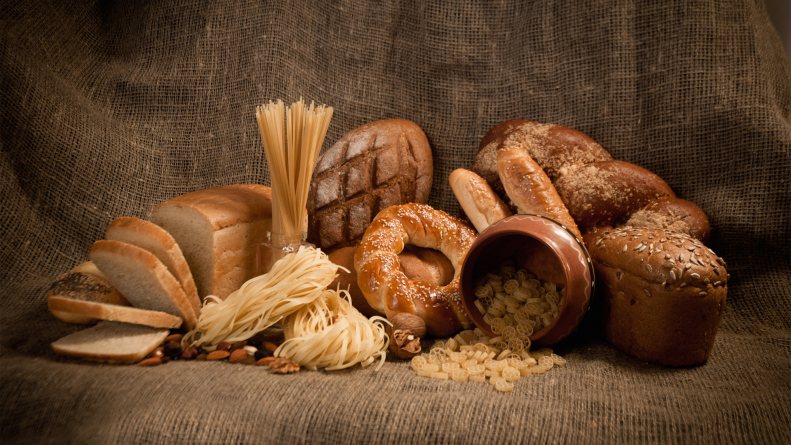
At the present time, cutting gluten out of your diet is one of the fastest growing nutritional movements in the world- and for a lot of good reasons. Indeed, the gluten-free market is skyrocketing exponentially as more and more people opt for this type of diet. This article will give you a basic rundown of what is this elusive gluten and what are the benefits of adopting a gluten-free lifestyle.
What is gluten?
Gluten is a mixture of proteins found in wheat, rye, and barley. Oats don’t have gluten but may be contaminated by having been processed on the same equipment as gluten-containing grains, so they’re forbidden on a strict gluten-free diet, too. Foods with flour in them (white or wheat) are the most common culprits when you’re avoiding gluten. The following are obvious gluten-glomming foods:
- Bagels
- Beer
- Bread
- Cookies, cakes, brownies, and most other baked goods
- Crackers
- Pasta
- Pizza
- Pretzels
But along with these culprits come not-so-obvious suspects, too, like licorice, most cereals, and some natural flavorings.
Why you shouldn’t eat wheat?
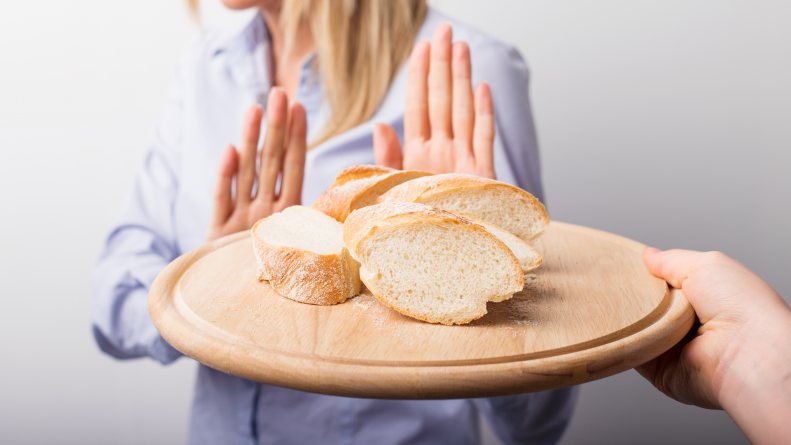
When we were kids, we were taught about the food pyramid which has a large portion allotted to wheat and other grains. While wheat and other grains are a good source of fiber and other nutrients, it has its downsides too. So how can wheat be at the root of so many health problems?
1. Humans don’t fully digest wheat
Cows, sheep, and other ruminant animals do just fine with wheat because they have more than one stomach to complete the digestion process. But unlike our bovine buddies, we humans have only one stomach. When the wheat leaves our tummies, it’s not fully digested. Those undigested portions begin to ferment, and do you know what the byproduct of fermentation is? Gas. Icky, belchable, fart-forming gas. For many people, this accounts for the gas and bloating they feel after they eat wheat, whether they have gluten sensitivity or not.
2. Wheat is a pro-inflammatory agent
Foods that have wheat in them, like cereal, pasta, bread and bagels have a pro-inflammatory effect. These foods are rapidly converted to sugar which causes rise in the body’s insulin levels causing a burst of inflammation at the cellular level.
3. Wheat can cause leaky gut syndrome
When people eat wheat, they produce extra amounts of a protein called zonulin. The lining of the small intestine is basically a solid wall of cells that most materials can’t pass through on their own. When important vitamins and minerals are present, zonulin tells the passageways in the intestinal wall to open so those nutrients can pass into the bloodstream. The blood then carries the nutrients to other parts of the body.
When some people eat wheat, they produce too much zonulin and the gates open too wide. All sorts of stuff get into the bloodstream, some of which, like toxins, shouldn’t be there. This increased permeability of the lining of the small intestine, or leaky gut syndrome, can cause lots of different health issues.
What happens to gluten-intolerant people who eat gluten?
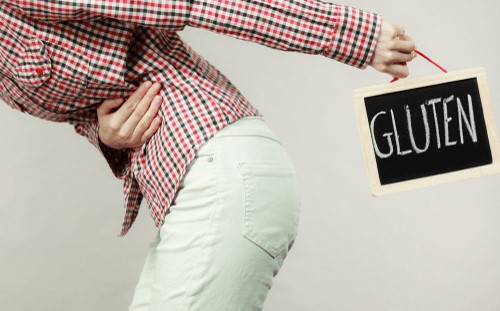
Many people (knowingly or unknowingly) have an intolerance or sensitivity to gluten. Some people (roughly 1% of the population) have a medical issue (autoimmune) with gluten – this is called celiac disease. Celiac Disease is an extremely common but remarkably underdiagnosed autoimmune disease that gets activated when someone eats gluten. Ultimately, your body turns on itself when dealing with gluten, and your white blood cells attack and can destroy the lining of your small intestine, leading to the lack of absorption of nutrients from your food.
Health Benefits of a Gluten-free diet
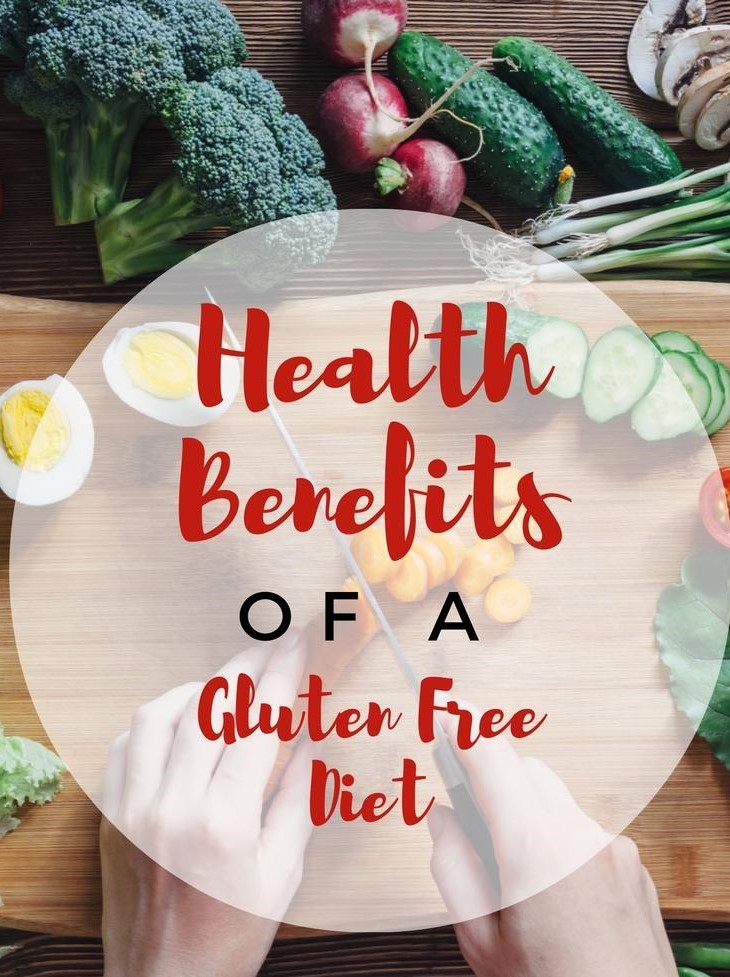
- Improves cholesterol levels
- Promotes digestive health
- Increases energy levels
- Eliminates unhealthy and processed foods from your diet (such as oils, fried food, bread, and desserts, etc.)
- Reduces your risk of heart disease, certain cancers, and diabetes
- Helps ward off viruses and germs as many foods you will now eat will contain more antioxidants, vitamins, and minerals
- Promotes healthy weight-loss
- Improves the health of people with irritable bowel syndrome and arthritis
- Distinctly improved awareness of foods that can have an adverse effect on your health
Forbidden Grains
If you want to incorporate a gluten-free diet to your lifestyle, you should undoubtedly avoid these grains at all costs:
- Barley
- Oats (because of contamination issues)
- Triticale (which is a hybrid of wheat and rye)
- Rye
- Wheat
Grains and starches that you can safely eat
- Amaranth
- Arrowroot
- Beans
- Buckwheat/groats/kasha
- Chickpeas (such as garbanzo beans, besan, Cici, chana, or gram — not to be confused with graham, which does have gluten)
- Corn
- Garfava
- Job’s Tears
- Mesquite (for instance pinole)
- Millet
- Montina (for example Indian ricegrass)
- Oats (because they may be contaminated with wheat and other grains)
- Potato
- Quinoa (hie)
- Ragi
- Rice
- Sorghum
- Soy
- Tapioca (such as gari, cassava, casaba, manioc, yucca)
- Taro root
- Teff
Other foods that are usually gluten-free
In general, these foods are usually gluten-free (the list refers to plain, unseasoned foods without additives and processed products):
- Beans
- Dairy products
- Eggs
- Fish
- Fruit
- Legumes
- Meat
- Nuts
- Poultry
- Seafood
- Vegetables
Foods that usually contain gluten
- Beer
- Bread, breadcrumbs, biscuits
- Cereal
- Communion wafers
- Cookies, cakes, cupcakes, donuts, muffins, pastries, pie crusts, brownies, and other baked goods
- Cornbread
- Crackers
- Croutons
- Gravies, sauces, and roux
- Imitation seafood (for example, imitation crab)
- Licorice
- Marinades (such as teriyaki)
- Pasta
- Pizza crust
- Pretzels
- Soy sauce
- Stuffing
Booze you can drink
- Bourbon
- Brandy
- Cider (occasionally contains barley, so be careful)
- Cognac
- Gin
- Rum
- Schnapps
- Tequila
- Vodka
- Whiskey (such as Crown Royal and Jack Daniels)
- Wine (either sparkling wine or Champagne)
Booze to stay away from
- Beer (with a few exceptions)
- Distilled spirits that are added back to the mash
- Malt beverages
All you need to know about nutrition, diets and weight loss tips. Click HERE!
Comments
0 comments

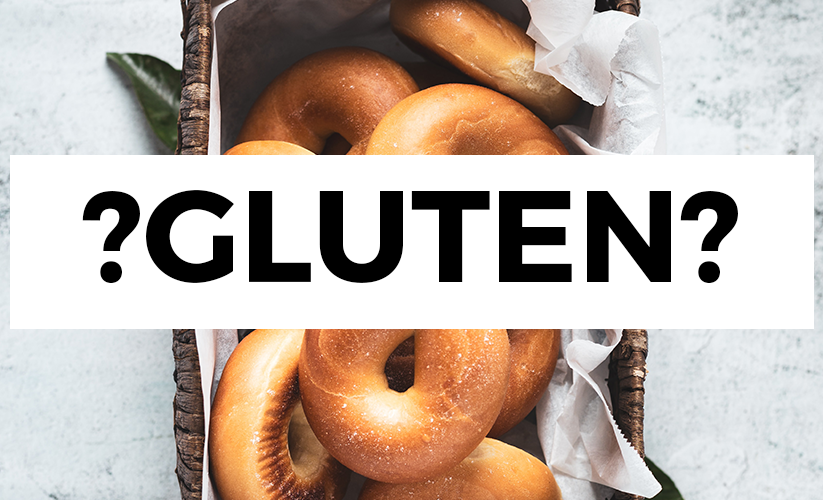
Reading your article helped me a lot and I agree with you. But I still have some doubts, can you clarify for me? I’ll keep an eye out for your answers.
Your article gave me a lot of inspiration, I hope you can explain your point of view in more detail, because I have some doubts, thank you.
buying prescription drugs in mexico online
http://cmqpharma.com/# buying from online mexican pharmacy
mexico drug stores pharmacies
mexican pharmacy: mexican online pharmacy – mexican rx online
Hi there, just became aware of your blog through Google, and found that it is truly
informative. I’m going to watch out for brussels. I will be grateful if you continue this
in future. Numerous people will be benefited from your writing.
Cheers! Lista escape roomów
I like this web site very much, Its a real nice berth to read and find information.!
https://canadapharmast.com/# canadian pharmacy online store
canadian drug prices northern pharmacy canada northern pharmacy canada
mexican online pharmacies prescription drugs buying from online mexican pharmacy buying from online mexican pharmacy
https://indiapharmast.com/# reputable indian pharmacies
indianpharmacy com online shopping pharmacy india best online pharmacy india
https://foruspharma.com/# mexican pharmaceuticals online
Everything is very open with a precise description of the challenges. It was really informative. Your website is very helpful. Many thanks for sharing!
amoxicillin 500mg capsules price: amoxicillin generic brand – can we buy amoxcillin 500mg on ebay without prescription
That is a good tip especially to those new to the blogosphere. Simple but very accurate information… Thanks for sharing this one. A must read article.
Pretty! This was a really wonderful article. Thanks for providing this info.
buy amoxicillin online cheap: amoxicillin 500mg buy online uk – amoxicillin canada price
This is the right webpage for anyone who would like to understand this topic. You realize so much its almost hard to argue with you (not that I actually would want to…HaHa). You certainly put a fresh spin on a topic that’s been discussed for ages. Wonderful stuff, just wonderful.
where to buy cipro online: buy cipro – п»їcipro generic
Greetings! Very useful advice in this particular article! It is the little changes that make the largest changes. Thanks for sharing!
Oh my goodness! Amazing article dude! Thank you, However I am having difficulties with your RSS. I don’t understand why I can’t subscribe to it. Is there anybody else getting the same RSS problems? Anyone who knows the answer can you kindly respond? Thanks.
amoxicillin price without insurance: where can i buy amoxicillin over the counter uk – amoxicillin 500mg
Spot on with this write-up, I truly believe that this site needs much more attention. I’ll probably be returning to read more, thanks for the information.
An impressive share! I’ve just forwarded this onto a co-worker who was conducting a little research on this. And he in fact ordered me breakfast simply because I stumbled upon it for him… lol. So let me reword this…. Thank YOU for the meal!! But yeah, thanks for spending the time to discuss this matter here on your blog.
paxlovid india: Paxlovid over the counter – paxlovid india
I love it when people come together and share opinions. Great blog, continue the good work!
doxycycline 100mg coupon: doxycycline 100mg price south africa – doxycycline cheap
Hello there! This post couldn’t be written much better! Looking through this article reminds me of my previous roommate! He continually kept preaching about this. I will forward this information to him. Fairly certain he’s going to have a very good read. I appreciate you for sharing!
where can i buy cipro online: ciprofloxacin 500 mg tablet price – cipro online no prescription in the usa
Pretty! This has been a really wonderful article. Many thanks for providing this information.
Great article! We are linking to this great content on our website. Keep up the great writing.
It’s difficult to find knowledgeable people for this topic, however, you seem like you know what you’re talking about! Thanks
Can I simply just say what a relief to uncover someone that actually knows what they’re discussing on the internet. You definitely know how to bring an issue to light and make it important. More people must read this and understand this side of the story. I was surprised you aren’t more popular since you certainly have the gift.
buying generic clomid without a prescription: cost of generic clomid without insurance – can i purchase clomid without prescription